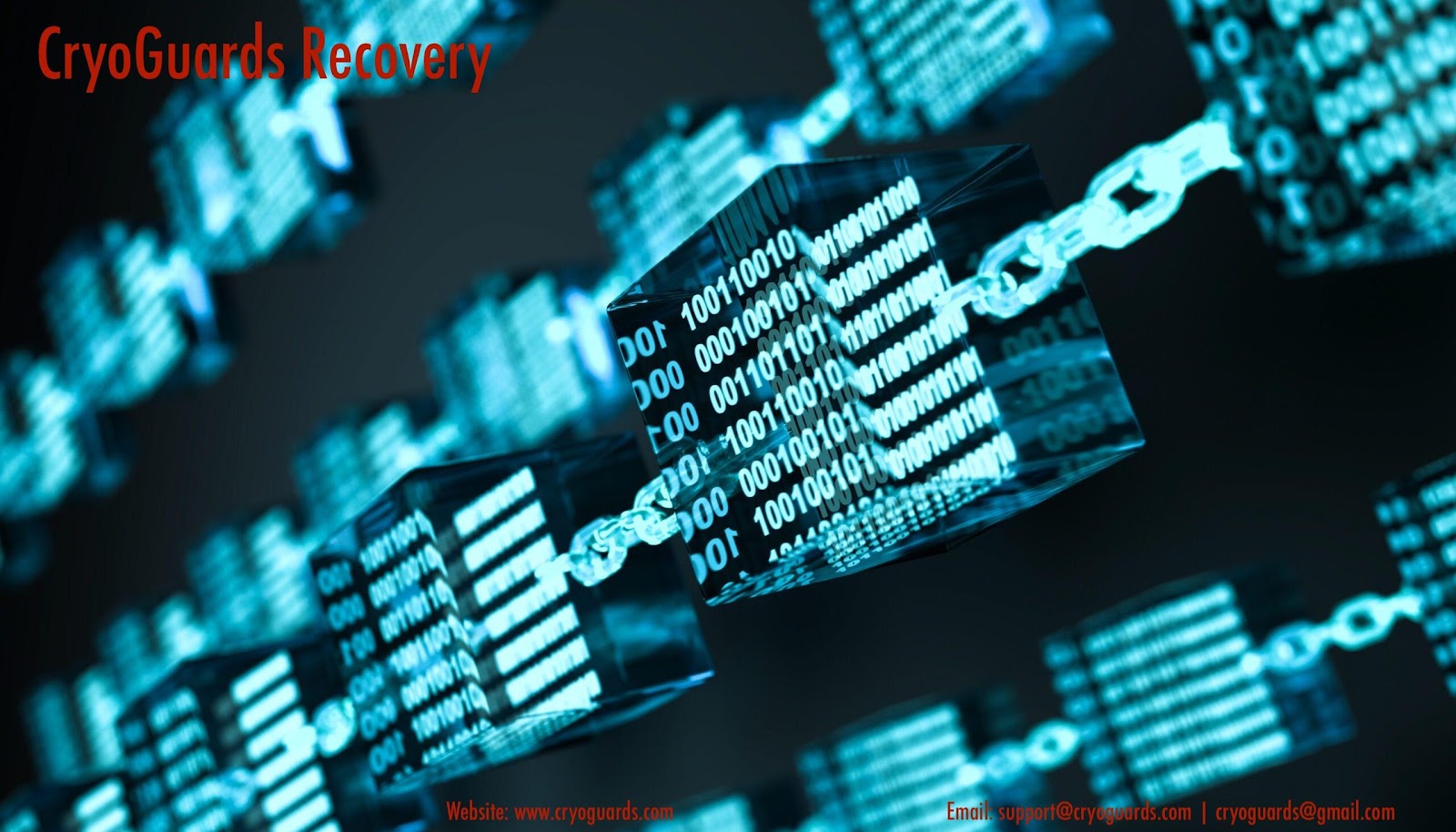In boardrooms and podcasts alike, one term keeps coming up: biohacking. From cold plunges and intermittent fasting to wearable tech that monitors sleep and stress, business leaders are embracing practices once considered fringe. The promise is simple—optimize the body to optimize performance. But the question remains: is biohacking the secret weapon for productivity, or is it just another passing trend?
For leaders under pressure to perform at peak levels, the idea is appealing. If a tweak to diet, exercise, or daily habits can boost focus or reduce stress, it seems worth the effort. Yet experts warn that biohacking, while powerful in some cases, isn’t a one-size-fits-all solution. Like any tool, its impact depends on how it’s used, and whether leaders approach it with science or simply follow fads.
The Promise of Biohacking in Leadership
Biohacking is essentially the practice of making small, science-backed changes to one’s lifestyle to improve physical and mental health. For executives balancing nonstop schedules, it’s not surprising that strategies like optimizing sleep, controlling diet, or using supplements have caught on. After all, when every decision carries weight, even a 10% boost in clarity can translate into major results.
Aja Chavez, Executive Director at Mission Prep Healthcare, has seen both the benefits and risks in her work with mental health: “In leadership circles, I hear people talk about biohacking as if it’s a magic fix. But I remind them that true productivity comes when body and mind work together. I’ve seen executives who sleep better and regulate stress through biohacking improve their decision-making. Still, I stress that balance and personalization are key—it’s not about extreme trends but sustainable health.”
Her insight highlights what many overlook: the foundation of biohacking is not extremes, but consistency in basic health practices.
Productivity or Performance Pressure?
The rise of biohacking isn’t just about health—it’s also about performance pressure. In competitive markets, leaders are searching for an edge. Coffee was once the main productivity tool, but now CEOs are turning to nootropics, red-light therapy, and even genetic testing to stay ahead. While some see measurable improvements, others risk burnout by chasing every new trend.
The paradox is clear: biohacking can enhance performance, but the obsession with constant optimization can undermine mental health. Leaders who use biohacking as part of a holistic routine thrive, but those who treat it as a replacement for rest or balance often see diminishing returns.
Mark Spivak, founder of Comprehensive Pet Therapy (CPT), put it in perspective with a unique lens from animal behavior: “In dog training, balance is everything. Push too hard and the animal breaks down, but structure and consistency lead to growth. I think leaders using biohacking face the same challenge—it’s powerful if applied thoughtfully, but harmful if taken to extremes. What matters most isn’t the latest gadget, but a sustainable routine that builds trust with your own body.”
His analogy reminds us that whether in training pets or training ourselves, discipline and balance often outperform quick hacks.
Science vs. Trend: Where Leaders Go Wrong
One of the risks of biohacking is confusing science with trend. The marketplace is flooded with tools, supplements, and methods that promise productivity gains but lack strong research. Busy executives may be tempted to try everything, only to end up with wasted money or even negative health outcomes.
Experts suggest focusing on proven basics: quality sleep, regular exercise, stress management, and nutrition. Only once these are consistent should leaders experiment with advanced strategies. Biohacking works best as an enhancement, not as a replacement for healthy living.
Dr. Tomer Avraham, board-certified surgeon at Avraham Plastic Surgery, shared his perspective: “I’ve watched the rise of biohacking with interest. Many leaders expect dramatic results from new devices or supplements, but I remind them that even surgery is most effective when patients already live balanced lives. Health and productivity cannot be hacked without a solid foundation. Biohacking should support wellness, not replace it.”
His perspective reflects a critical truth: without discipline in the basics, no hack can deliver lasting results.
The Future of Biohacking in Business
Whether productivity tool or trend, biohacking has already changed leadership culture. Wearable tech, personalized diets, and even workplace wellness programs reflect how optimization is becoming mainstream. The key for the future lies in integration—using biohacking alongside established health practices and aligning it with organizational values.
For companies, this shift may also impact culture. Leaders who invest in their health set the tone for employees, promoting a workplace that values balance over burnout. Biohacking, if applied thoughtfully, could become a catalyst for healthier organizations overall.
Aja Chavez emphasizes personalized approaches at Mission Prep Healthcare. Mark Spivak draws lessons from animal training at Comprehensive Pet Therapy (CPT). Dr. Tomer Avraham highlights the importance of foundations at Avraham Plastic Surgery. Together, their perspectives suggest biohacking’s true value isn’t in extreme experimentation, but in how it helps leaders sustain long-term health and productivity.
Conclusion
Biohacking has captured the attention of business leaders searching for an edge. It promises sharper focus, better energy, and improved resilience. But the reality is more complex. At its best, biohacking supports balanced, evidence-based habits. At its worst, it becomes a distracting trend that pushes leaders toward unhealthy extremes.
As Aja Chavez explained, the mind-body balance is the true driver of productivity. As Mark Spivak noted, structure and sustainability are more valuable than extremes. And as Dr. Tomer Avraham reminded, without a healthy foundation, no hack can guarantee results.
So is biohacking the future of business productivity? The answer may lie in the middle. It’s not a magic solution, but when paired with discipline, it can be a powerful tool. The leaders who win won’t be those who try every new hack, but those who choose wisely, apply consistently, and focus on building sustainable health.




Want to add a comment?